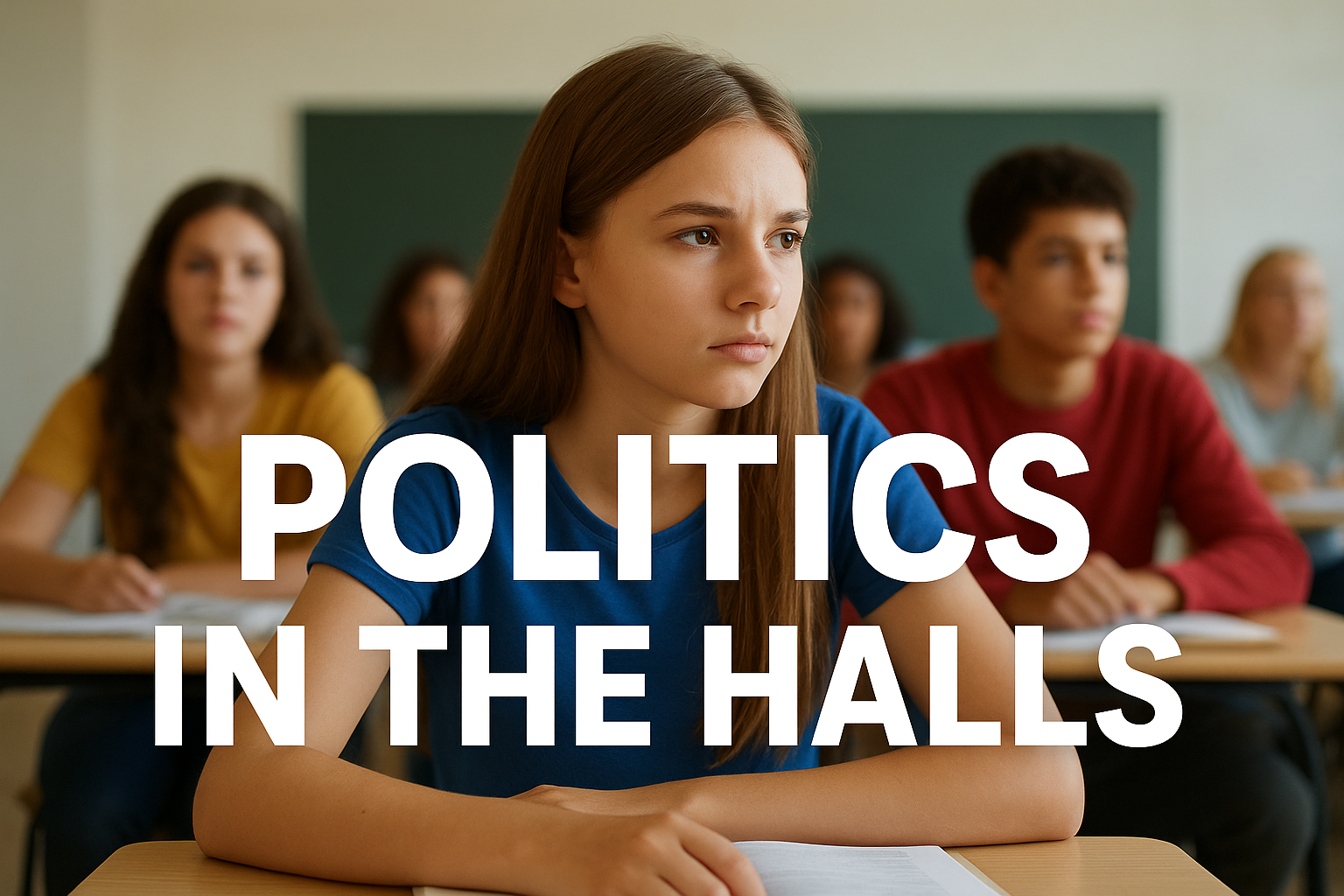
What Principals Look for When Hiring Teachers
What do principals look for when hiring teachers?
The top three qualifications, according to a new survey of school leaders: how well a teacher’s mindset aligns with the school’s vision, whether their professional certification meets the school’s needs, and their experience managing student behavior.
Notably, teacher diversity did not make the top of the list despite increased attention to the high mismatch between the demographics of school-aged population and the teaching force.
Skill working with students and overall job experience round out the top five qualifications, according to the findings released May 3 by RAND.
Even while principals were having trouble finding substitutes to staff classrooms, the majority of them said fit remained extremely important to them—though elementary and middle school principals placed more premium on it.
Certification carried less weight for elementary principals than for those leading middle and high schools.
Among all grade levels, the percentage of principals who ranked job experience among their top three qualifications was surprisingly low: Less than a quarter overall, with 26 percent of elementary school leaders saying experience was a top-three qualification, compared to 18 percent of those in middle and high schools.
Educator diversity also ranked low among all grade levels—and across all school types: urban, suburban, rural, and schools with majority white and majority nonwhite populations.
Overall, 20 percent of principals put educator diversity among their top-three qualifications. Twenty-eight percent of principals in urban schools said it was among their top three considerations, compared with 27 percent of school leaders in suburban schools and 10 percent in rural settings.
Twenty-six percent of leaders in schools serving a majority of students of color said diversity was among a top-three consideration, compared to 15 percent of leaders in majority-white schools.
Principals in low-income schools did not seem to prioritize diversity in teacher hiring.
George Zuo, an associate economist at RAND and the lead author on the brief, cautioned that the survey asked leaders to list their top three qualifications. It’s possible that while diversity may be important to leaders, it just didn’t top their list. (RAND gave principals a list of 13 different qualifications from which to choose.)
While elementary principals were looking for teachers who worked well with their peers, high school principals seemed to place more value on those who worked well with students.
Vacancies an ongoing concern
The context of the survey results matter. The survey was conducted in spring 2022 when schools were facing shortages of staff amid a new wave in the pandemic.
Eighty-seven percent of principals said they had at least one vacancy on campus at the time, and that missing person was most likely a substitute teacher. Seventy-six percent of principals said that they had a substitute teacher vacancy, followed by paraprofessionals (56 percent), and then classroom teachers (55 percent).
About 44 percent were missing custodians and 12 percent were missing assistant principals.
Tellingly, about 43 percent of principals chose “other,” a category that could have included anything from a family engagement coordinator to clerical staff member, RAND said.
The substitute and regular teacher shortage appeared to be more acute in rural schools compared to schools in urban areas. Middle and high schools were harder hit than elementary schools, according to the brief.
Why were principals having trouble filling positions? Mainly because they had trouble finding applicants, principals said.
Principals said teacher vacancies had become harder to fill in 2021-22 than the previous year, in particular because fewer people were applying (72 percent) and they were seeing more resignations (42 percent). Another 33 percent said that fewer prospective employees were accepting offers.
While the staffing picture has changed as the pandemic has waned, Zuo said the data collected at that moment in time could still be instructive for the field.
Working conditions changed during the pandemic, and more recent surveys of district leaders indicated that principal and teacher departures were on the rise. National data trickling in from individual states also show that both teacher and principal vacancies are increasing.
“I would say that it’s still very useful to have that data, just to know where we were because I think it’s hard to predict what the trend is going to be,” he said.
Policymakers and media should pay attention to how they talk about vacancies and shortages—they are not the same thing and even in the same districts they’re experienced differently. They also differ by regions, the brief notes.
Districts can do a better job of managing their substitute teacher pool, in part by focusing on ways to boost the supply of those teachers and how to retain them.
“Substitute teachers are not a postscript in current discussions of teacher shortages,” according to the researchers. “Principals see a lack of substitute teachers as a key driver of their staffing struggles.”
Given the finding that principals do not appear to place a premium on staff diversity, districts should also contemplate ways to boost and retain staff of color, the brief says.
And states should take a look at teacher qualifications, the brief concludes. While some states lowered requirements to get into the profession during the pandemic, many principals cited lack of qualified applicants as a reason for the vacancies. Ensuring that principals are included in those discussions could help bridge the gap.
Dig Deeper With Our Longreads
Newsletter Sign up to get our best longform features, investigations, and thought-provoking essays, in your inbox every Sunday.
The MEN was founded by John Huber in the fall of 2020. It was founded to provide a platform for expert opinion and commentary on current issues that directly or indirectly affect education. All opinions are valued and accepted providing they are expressed in a professional manner. The Maryland Education Network consists of Blogs, Videos, and other interaction among the K-12 community.







